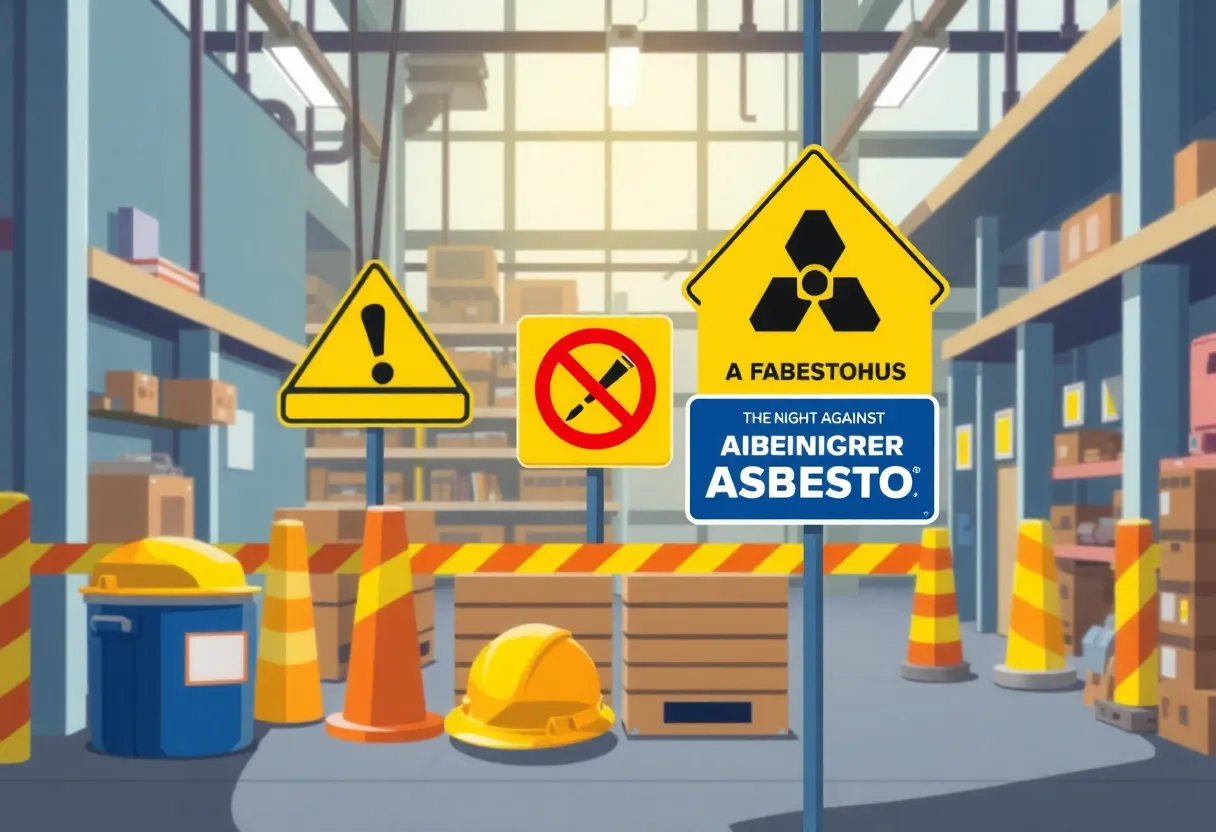News Summary
This article discusses the persistent threat of chrysotile asbestos and its implications for public health, highlighting recent regulatory changes by the EPA aimed at addressing the dangers of asbestos exposure. Advocates express concerns over delays in the implementation of these regulations, emphasizing the urgent need for effective protective measures. Furthermore, the article addresses the ongoing struggles of individuals and families affected by asbestos-related diseases, stressing the importance of support resources available for them.
The Ongoing Battle Against Asbestos: Mesothelioma Awareness and Regulatory Changes
The world may be familiar with the term mesothelioma, a rare but aggressive form of cancer directly linked to asbestos exposure, but the fight against this notorious carcinogen is far from over. Despite common belief that the perilous mineral has been banned, recent developments reveal an alarming reality: asbestos continues to pose immense health hazards, especially in certain industries.
Chrysotile Asbestos: The Persistent Threat
Chrysotile asbestos, also known as “white asbestos,” remains in use today within select sectors, putting workers at risk for developing serious health conditions, including not just mesothelioma, but also asbestosis and lung cancer. Each year, approximately 3,500 Americans are diagnosed with mesothelioma, a statistic that has sparked concern among public health advocates and medical professionals alike.
The past few years have seen the U.S. Environmental Protection Agency (EPA) attempting to implement regulations on chrysotile asbestos usage. Initially, the EPA under the previous administration hinted at delaying necessary changes, leading to a standoff between industrial interests and public health protection. This tension underscores the desperate need for effective regulatory measures to safeguard those at risk.
A Timeline of Regulatory Turmoil
In 2024, the Biden Administration’s EPA took a significant step by issuing a final risk management rule concerning asbestos usage, a promising sign for those advocating for stricter regulations. However, dismay rippled through the mesothelioma advocacy community when, on June 16, 2025, the EPA filed a motion with the U.S. Court of Appeals for the Fifth Circuit. This motion sought a six-month delay in litigation over the 2024 rule, signaling potential reconsideration of key provisions.
Frustration mounted among victims and advocates who tirelessly fight for change. Organizations such as the Asbestos Disease Awareness Organization expressed their discontent, emphasizing the critical nature of timely regulatory action. As many diseases linked to asbestos exposure can emerge decades after initial contact, the implications of regulatory delays are dire for public health.
Turning the Tide: A New Hope for Asbestos Regulations
In a turn of events that rekindles hope among advocates, the EPA retracted its controversial motion on July 7th, 2025. They requested the court to establish a new deadline of August 8th for further proceedings, marking a significant shift in the agency’s stance. Instead of pursuing notice-and-comment rulemaking, which could prolong the regulatory process, the EPA determined to revisit workplace protection requirements for asbestos-related materials, particularly in chemical production and chlor-alkali operations.
This latest move by the EPA signals a potential commitment to prioritizing the health and safety of workers over industrial interests. Advocates remain cautiously optimistic, hoping that a shift towards guidance rather than regulatory changes could be a constructive approach to preventing mesothelioma and other dangerous diseases linked to asbestos exposure.
Empowering Victims and Families
The struggle against asbestos-related diseases is ongoing, and the implications of regulatory decisions are profound for those directly affected. Individuals and families grappling with the fallout of asbestos exposure are reminded they do not have to navigate these challenges alone. Resources are available, and support systems are in place for victims seeking guidance and assistance.
If you or a loved one are facing the shadows of an asbestos-related condition, it is essential to reach out to the experts. Organizations like Mesothelioma.net offer invaluable support to those impacted, providing access to resources that can make a difference in their lives.
Deeper Dive: News & Info About This Topic
HERE Resources
Family Seeks Answers After Father’s Death from Mesothelioma
Families at NAS Key West Take Legal Action Amid Asbestos Concerns
Altrad Faces Pressure for £10 Million Donation to Mesothelioma Research
Survival Breakthroughs: New Treatment Shows Promise for Mesothelioma Patients
The Hidden Dangers of Asbestos in Central Asia: A Growing Public Health Concern
Health Concerns Surround Eleventh Night Bonfires in Northern Ireland
Public Health Advocates Rally Against Asbestos Reconsideration
The Paradigm Shift in Mesothelioma Treatment: MARS2 Study Findings
Asbestos Discovery at Loyalist Bonfire Site Sparks Safety Concerns
Bonfire Ignites Controversy over Asbestos Site in Belfast



















